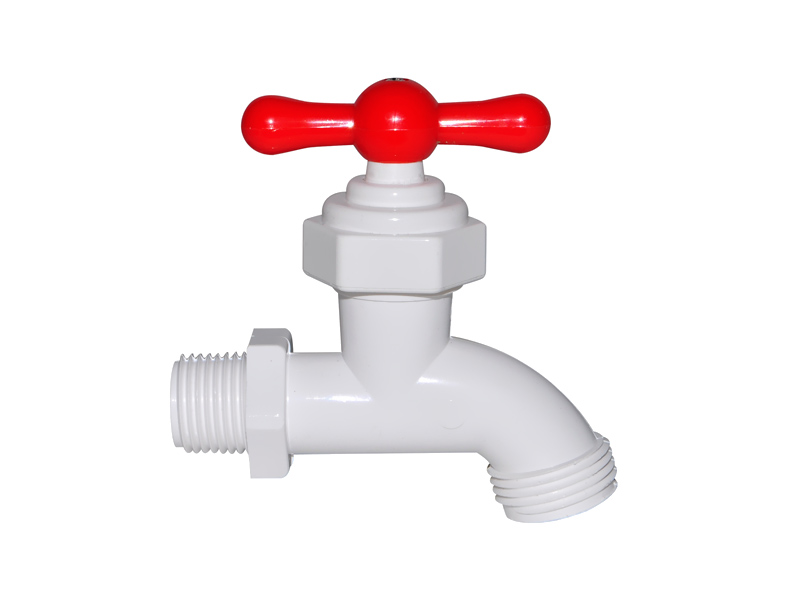How does the male ball valve design enable smooth and effortless on/off operation?
The male ball valve design is a key characteristic...
MORE >>















Durability: Metal valves are generally considered more […]
Durability:
Metal valves are generally considered more durable than plastic valves. Metals like brass, stainless steel, and bronze are commonly used in valve construction due to their high strength and resistance to wear and tear. This makes metal valves better suited for applications involving high pressure, extreme temperatures, and abrasive substances.
Plastic valves, on the other hand, can be durable, but their durability may vary depending on the type of plastic used. Some plastics are more resilient and can withstand certain chemical environments and temperatures, while others may be prone to cracking, swelling, or degradation when exposed to harsh conditions.

Lifespan:
Metal valves typically have a longer lifespan than plastic valves. Properly maintained metal valves can last for decades, especially when used in industrial settings or critical applications. The robustness and resistance to corrosion of metals contribute to their extended life expectancy.
Plastic valves, although suitable for specific applications, may have a shorter lifespan in comparison. They are generally more susceptible to degradation from exposure to sunlight (UV radiation), certain chemicals, and temperature fluctuations. This can result in reduced performance and potentially a need for more frequent replacements.
Applications:
Metal valves are preferred in heavy-duty applications, such as industrial processes, chemical handling, and high-pressure systems. They are also commonly used in plumbing and water supply systems.
Plastic valves are commonly used in applications where metal corrosion or chemical compatibility is a concern. They are often found in water treatment, irrigation systems, and low-pressure applications.
In summary, metal valves generally offer superior durability and a longer lifespan compared to plastic valves. However, the choice between plastic and metal valves should be based on the specific requirements of the application, considering factors such as pressure, temperature, chemical compatibility, and budget constraints.

The male ball valve design is a key characteristic...
MORE >>
In today's modern world, efficient and reliable wa...
MORE >>
Copyright ©All rights reserved:Zhejiang Xier Plastic Valve Lead Co.,LTD. PVC Ball Valves Manufacturers Technical support: HWAQ  浙公网安备 33060402001174号
浙公网安备 33060402001174号

 English
English España
España عربي
عربي